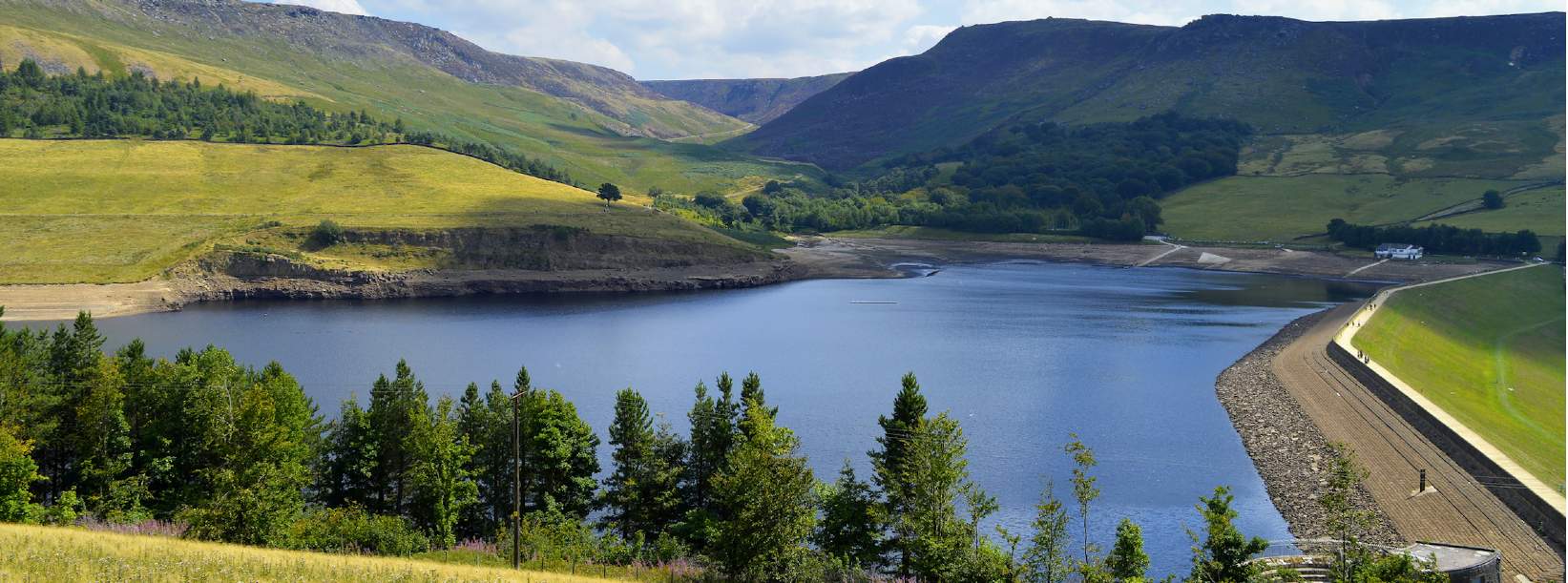The last six months have been the driest in England since 1975/1976, when a severe drought hit the country, standpipes were provided in the street for householders to use and London came perilously close to running out of water. There are now an extra 2.2 million people in London, all equally thirsty, and our demand for water keeps growing. By 2050, total UK demand for water is projected to have increased by up to nine per cent, while the amount of available water is expected to have declined by between six per cent and 11 per cent. Water will be the ultimate limiting factor on the otherwise unlimited potential of urban growth.
Arguably, the UK has more than enough water, but it’s in the wrong place at the wrong time. Flood management, water storage and controlled irrigation of crops are key factors in ensuring that this precious resource is used wisely.
For farmers, particularly in the east of the country, the expectation that abstraction licences will be available for agricultural activity can no longer be assumed. Some have already been revoked and the Environment Agency is being challenged for not doing enough to protect wetland habitats. For farmers, there are significant merits in being able to access water on-farm for irrigation including increasing productivity, enhancing business resilience and the potential uplift in value for land where water is available and irrigation infrastructure is in place. The opportunities opened up by irrigation to grow higher-value produce including field scale horticulture can result in material uplifts in land value of as much as £1,000 per acre as well as having a predictable impact on potential rental values.
The introduction of meaningful management of water resources has now climbed the agenda and earlier this year the Farming Transformation Fund’s Water Management Grant was launched. The grant can pay up to 40 per cent of the costs for constructing water storage reservoirs, abstraction points, pumps and pipework to fill a reservoir.
Analysis of full planning applications and prior notifications since 2013 shows the importance of government grants in catalysing investment in reservoirs, previous support led to a significant uptick in the number of reservoirs constructed in 2018 and 2019.

.jpg)
.jpg)
.jpg)
.jpg)

.jpg)


.jpg)
.jpg)